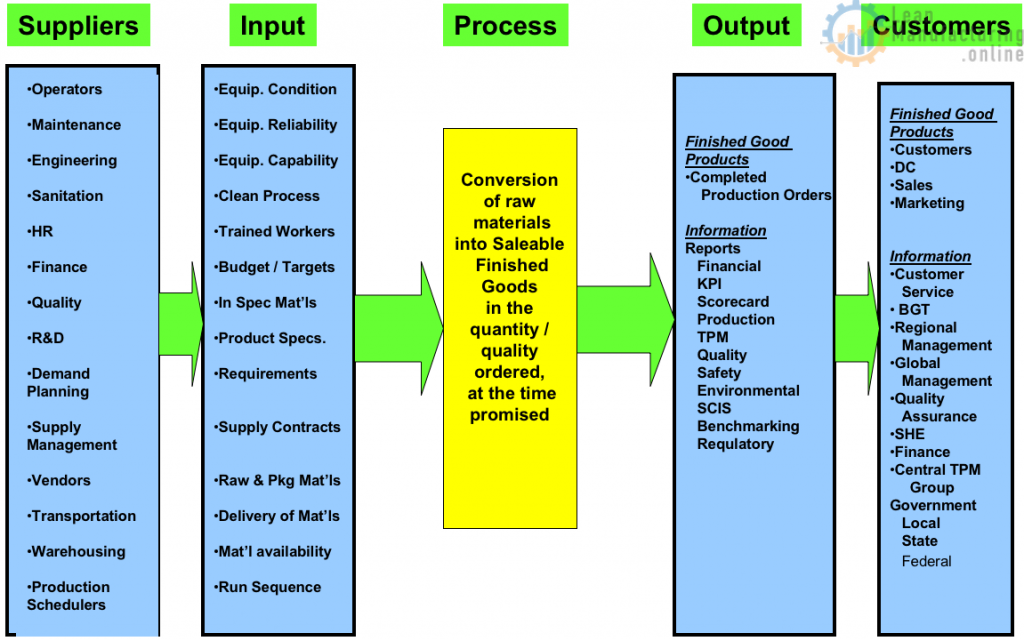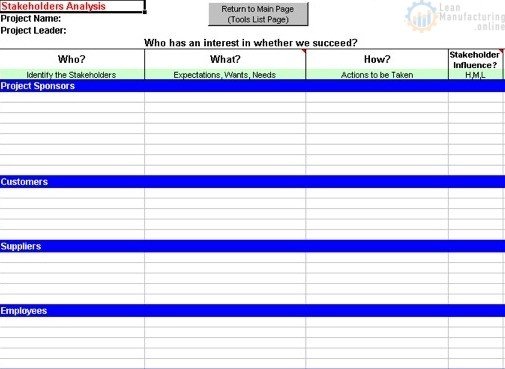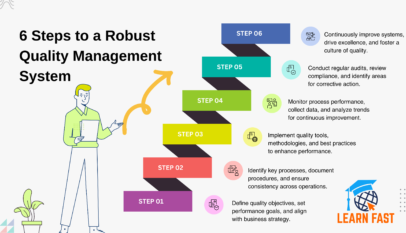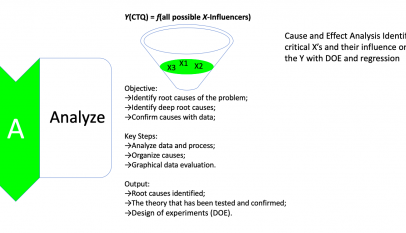You might be wondering why you should bother with a define phase. Well, the define phase states the very reason for doing the project.
It states the problem to be solved, the goals to be achieved, and the project team that management has assigned to do it. In short, it defines the y in y equals f of x.

Let’s look at the overview of the define phase, the steps and tools involved, and key deliverables.
To start, the black belt should confirm the focus and scope of the project selected by the champion. When consulting the champion, develop or confirm the problem or opportunity statement, the project goals, and the goal statement.
Then, specify the y in y equals f of x.
You should also work with a champion to select and assign the right core team members and identify ad hoc members who will assist as needed. Next, you need to develop the project charter with the champion.
- Arrange for the champion to launch the project with a kick-off meeting.
- Please make sure all team players are present, with their bosses, bosses’ owners, and other key stakeholders.
You should present the project charter and establish project participation and support expectations. Next, start holding project working sessions, preferably twice a week, or at the very least, once a week. Identify the process or processes that are within the project scope.
Typically, these are the same processes which impact the project y. Describe at a high level by developing a SIPOC diagram.

If you recall from your prerequisite courses, SIPOC is an acronym for:
- supplier,
- input,
- process,
- output,
- customer.
With the aid of the SIPOC, project scope and process boundaries are identified for the project. Process suppliers and customers, internal or external to the organization, are also identified. This will help the project team identify stakeholders for the project.
Next, conduct a stakeholder analysis to determine whose support and buy-in are critical for the project, and how best you can involve them.

A communication plan should also be developed to involve process owners and other key stakeholders. Another important step is to quantify the cost of waste targeted by the project, also known as COPQ or the cost of poor quality.
Next, specify the expected benefits for the successful completion of the project, such as the operational and financial impacts. Tap someone from finance to help you determine the expected benefits, one-time cost savings, and recurring savings. In addition, show how the project’s success supports the organization’s annual and strategic goals.
Such alignment will help achieve management support and buy-in. Last, you must develop a project plan detailing the tasks, deliverables, timing, effort, and resources required for each item. Establish project milestones after each phase of the name. There you have it, a summary of the steps, tools, and deliverables of the define phase. Remember, the y in the y equals f of x must be defined.
And you need to have the right project with the right team to succeed.

















